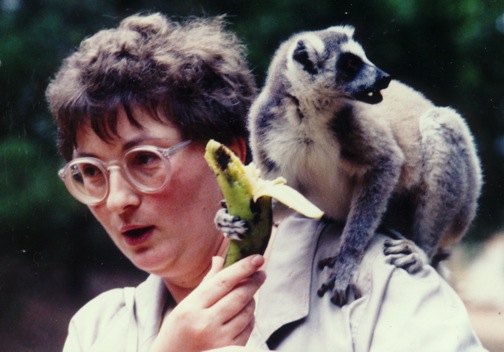Impact of Feeding Wildlife by Tourists

How do tourists affect wildlife? Is attraction of wildlife by supplemental feeding of animals by tourists "good" or "bad?" How do these feedings affect troop dynamics, territory size, conflicts between neighboring troops, and the diet of the animals under study?
These were some of the questions asked by the principal researcher, Dr. Alison Jolly, on her Earthwatch missions at Berenty Reserve in Madagascar. Eight troops of ringtail lemurs (Lemur catta) were studied simultaneously by Earthwatch volunteers (Dr. Lash participated) to identify troop territories (see above trail map), count confrontations between troops at the territorial lines, quantify wild food versus supplemented diet(bananas) eaten, quantify activity levels and distance traveled, and note competition between troops for tourist handouts.
Tourists, acting as "walking banana trees,"were located along the main trail shown on the left side of the map, where competition and confrontations between troops was determined to be extremely high. Troops with territories further away received little or no bananas, and had more stable territories and less confrontations with neighbors. This study indicated that competition for tourists' bananas was causing greater travel distances, conflicts between neighbors, and fights over"banana territory." This study helped managers institute a "no-feeding"policy for this Reserve.